Solution
-
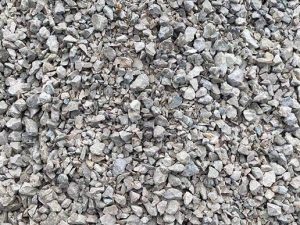
Basalt Crushing & Processing: A Comprehensive Guide for Efficient Production
Basalt, a volcanic rock with high hardness and silica content, is widely used in construction, road building, and railway projects due to its durability and resistance to wear . Processing basalt into aggregates requires specialized equipment and optimized workflows. Below, we outline the key [ .. ]Read More -
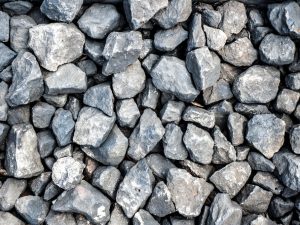
Granite Crushing & Processing: Key Techniques and Equipment for Modern Applications
Granite, a durable and versatile igneous rock, is widely used in construction, architecture, and landscaping. Its crushing and processing require advanced techniques and machinery to ensure high-quality output. This article explores the essential steps in granite processing and highlights inno[ .. ]Read More -
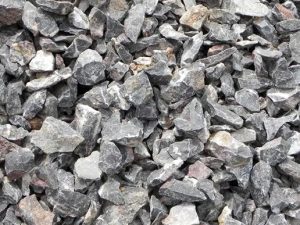
Optimizing Limestone Crushing & Processing: A Complete Guide
Limestone, a fundamental material in construction and industrial applications, requires efficient crushing and processing to meet quality standards. This guide explores best practices for maximizing productivity while introducing innovative solutions for aggregate production. 1. Key Sta[ .. ]Read More -
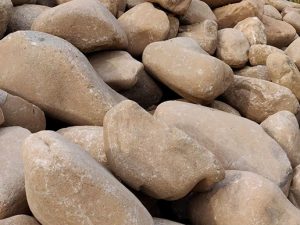
Optimizing Pebble Crushing & Processing: A Comprehensive Guide with Advanced Solutions
Pebble crushing and processing is a critical operation in mining, construction, and aggregate industries. This guide explores efficient methodologies, equipment selection, and innovative technologies to streamline workflows while subtly highlighting the advantages of industry-leading solutions[ .. ]Read More -
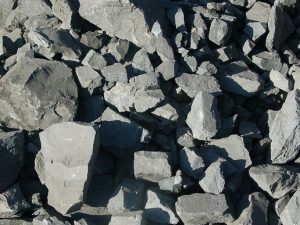
Gangue Crushing & Processing: A Sustainable Solution with LIMING Heavy Industry
Coal gangue, a byproduct of coal mining and washing, poses significant environmental challenges due to its accumulation and low utilization rate. However, modern crushing and processing technologies have transformed coal gangue from waste into valuable resources, such as construction aggre[ .. ]Read More -

High-Efficiency Dolomite Crushing & Processing Solutions
Dolomite, a versatile calcium-magnesium carbonate mineral, is widely used in construction, ceramics, glass, and environmental protection industries. To meet global demand for high-quality dolomite powder, Liming Heavy Industry offers advanced crushing and processing solutions tailored for [ .. ]Read More -
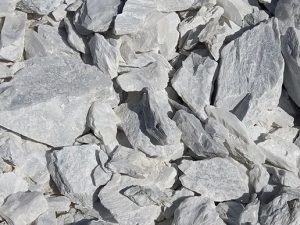
Talc Crushing & Processing: Techniques, Equipment, and Applications
Talc, a soft metamorphic mineral, is widely used in industries ranging from cosmetics to construction. Its value lies in properties like softness, purity, and thermal stability, which require precise crushing and processing to unlock. This article explores the technical workflows and equip[ .. ]Read More -
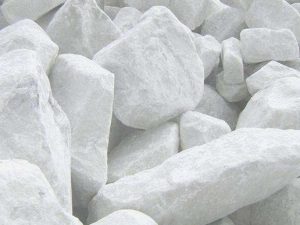
Calcite Crushing & Processing: A Comprehensive Guide
Calcite (calcium carbonate) is a vital raw material for industries ranging from construction to pharmaceuticals. Its processing involves precise crushing and grinding to achieve specific particle sizes, ensuring optimal performance in end-use applications. Below is an overview of the calci[ .. ]Read More -
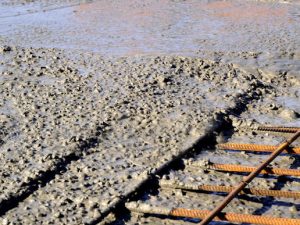
Optimizing Concrete Crushing & Processing
Concrete crushing and processing have become essential in sustainable construction, addressing both waste management and resource efficiency. With advanced technologies from industry leaders like Liming Heavy Industry, the sector now achieves higher productivity while minimizing environmen[ .. ]Read More
